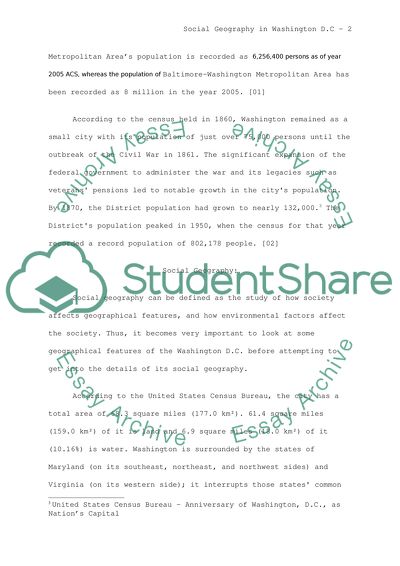Cite this document
(“Washington D.C Essay Example | Topics and Well Written Essays - 1750 words”, n.d.)
Retrieved from https://studentshare.org/geography/1533280-washington-dc
Retrieved from https://studentshare.org/geography/1533280-washington-dc
(Washington D.C Essay Example | Topics and Well Written Essays - 1750 Words)
https://studentshare.org/geography/1533280-washington-dc.
https://studentshare.org/geography/1533280-washington-dc.
“Washington D.C Essay Example | Topics and Well Written Essays - 1750 Words”, n.d. https://studentshare.org/geography/1533280-washington-dc.


